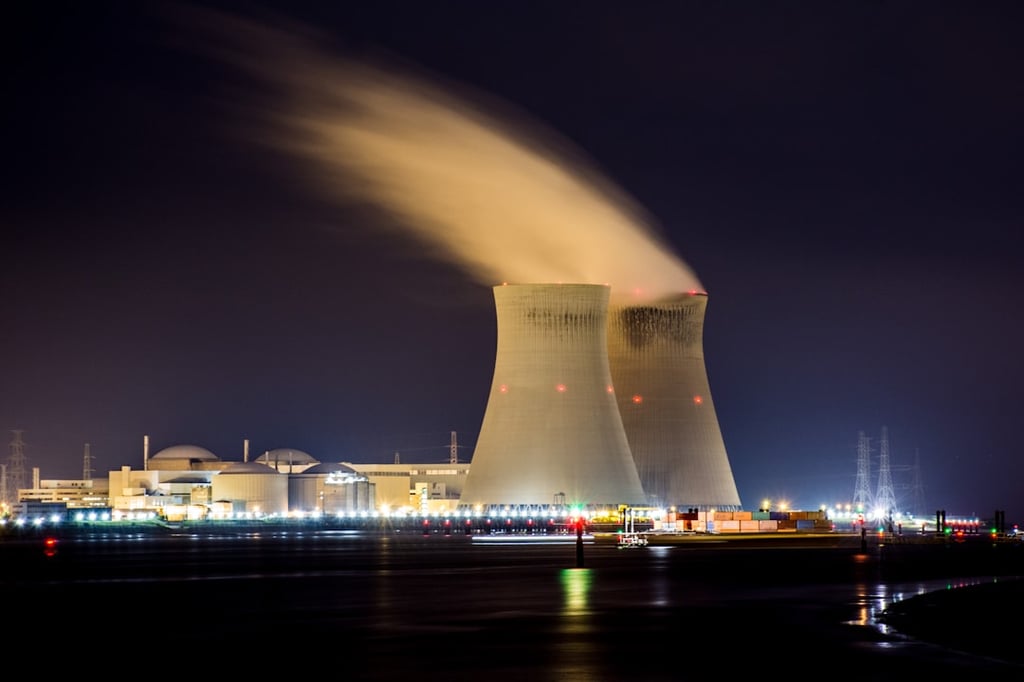Text analysis extracts machine-readable data from unstructured or semi-structured text in order to mine insight about trends and user sentiment. To accomplish this, it uses artificial intelligence, machine learning and advanced data analytics techniques.
The world is experiencing a rapid exponential increase in information, especially structured or unstructured data: think social media posts, customer emails, transaction records, survey questions, news articles and research reports to name just a few. All these sources have texts that can be a rich source of insights for businesses, but this overabundance of information is both positive, creating endless opportunities in a data-driven economy, and negative, requiring significant resources and time to collect, study and make sense of it all.
Text Analysis: An Overview
Text analysis helps enterprises address this challenge.
Text analysis aims to overcome the obscurity of human language and achieve transparency for a specific domain. Using various techniques, text analysis solutions analyze unstructured data in all kinds of texts in order to identify and draw out high-quality information that will prove helpful in various scenarios, from data points to key ideas or concepts.
A form of qualitative analysis, text analysis can be used to perform a multitude of tasks such as sentiment analysis, named entity recognition, relation extraction and text classification, allowing users to identify and extract important information from intricate patterns in unstructured text, then transform it into structured data.
Using text analysis in business marketing can help companies summarize opinions about products and services. When used to analyze medical records, it can connect symptoms with the most appropriate treatment.
Text Analysis vs. Text Mining vs. Text Analytics
Many people mistakenly believe text mining and text analysis are different processes. In fact, both terms refer to an identical process and often are used interchangeably to explain the method.
On the other hand, while text analysis delivers qualitative results, text analytics delivers only quantitative results. When a machine performs text analysis, it presents important information based on the text. However, when it conducts text analytics, it looks for patterns across thousands of texts, usually yielding results in the form of measurable data presented through graphs and tables.
For example, imagine you want to know the outcomes of each support ticket handled by your customer service team. By analyzing the text from the ticket, you can see the entirety of the results in order to determine if they were positive or negative. For this, you must perform text analysis. But if you want to know how many tickets were solved and how fast, you would need text analytics.
What is Natural Language Processing (NLP)?
Natural Language Processing (NLP) is among the first technologies to give computers the capacity to extract meaning from human language. A form of artificial intelligence, NLP aims to teach computers to understand the meaning of a sentence or text in the same way humans do, effectively NLP helps machines “read” text by mimicking the human ability to learn a language.
Over the past decade, this discipline has improved significantly, and is found today in many widely used applications. Perhaps the most widespread would be digital voice assistants such as Siri, Alexa, and Google. With the help of NLP, these digital assistants can understand and respond to user requests.
How to use Text Analysis for your Business
There are many ways companies can take advantage of unstructured data through the use of text analysis and NLP. Much can be inferred when texts are in easy-to-automate blocks, providing insight into various aspects of a business including marketing, product development and business intelligence.
Additionally, analyzing texts to capture data can help support various tasks including:
- content management
- semantic search
- content recommendation
- regulatory compliance
Text analysis can also be used by businesses to discover patterns, find keywords, and derive other valuable information, such as:
- Market research through finding what consumers value the most
- Summarizing ideas from unstructured data such as web pages, blogs, PDF files and plain text
- Removing anomalies from data through cleaning and pre-processing
- Converting information from unstructured to structured
- Evaluating data patterns leading to enhanced decision-making
Text Analysis Techniques
Word Frequency
A technique that measures the most frequently occurring words or concepts in a given text using numerical statistic TF-IDF (short for Term Frequency-Inverse Document Frequency). This is often used to analyze words or expressions used by customers in conversations. For example, if the word “slow” appears most often in negative tickets, this might suggest there are issues that need to be addressed with the response times of your client service team.
Word Sense Disambiguation
The process of differentiating words that have more than one meaning – a major challenge in NLP as many words can be interpreted several ways depending on context. For example, if the word “set” is found in a text, is it referring to the noun or the verb?
Summarization
A technique used to create a compressed version of a specific text. This is done by reading multiple text sources at once and condensing information into a concise format.
Information is extracted from huge chunks of data. Entities and attributes from the data are identified. Text is analyzed and the relevant information is structured and stored for future use.
Extracting relevant patterns based on sets of phrases or words. This technique is used to observe and record user behavior for example.
Categorization
Texts are evaluated to identify topics, and assigned to business-relevant categories based on their content.
Clustering
A text-mining technique that can expand categorization by identifying intrinsic structures within texts and sorting multiple texts into relevant clusters for evaluation.
Text Analysis: Today and Tomorrow
Text Analysis is one of the most far-reaching enterprise technologies of the digital age: from helping companies detect business and product problems – and address them before they can grow into larger issues that affect or damage sales – or gain insights into their market, customers and competitors.
Today we’re seeing rapidly improving text-mining software that can be used to create large records of structured and actionable information. These datasets can be extracted from internal or external sources and analyzed for use in networking, lead generation or intelligence-gathering purposes – like hiring a computer to act as your intelligence analyst or researcher with faster and greater accuracy.
Like all technologies related to data science, text analysis is on a trajectory of exponential growth and innovation, enabling more businesses in almost any industry to make data-driven decisions and exploit the data-driven economy. Research suggests the text mining market is growing at a rate of over 18 percent per year, and could become a $16.85bn industry by 2027.







